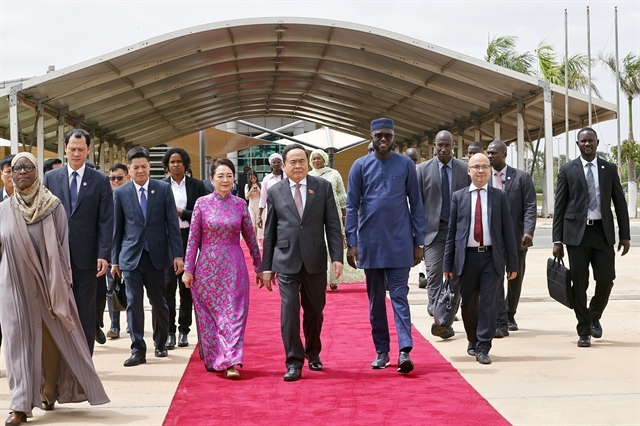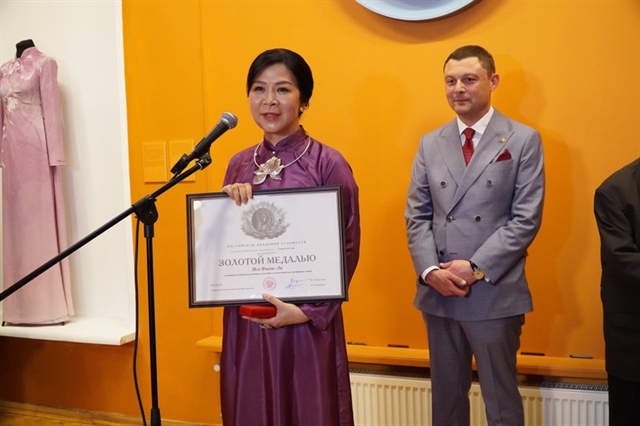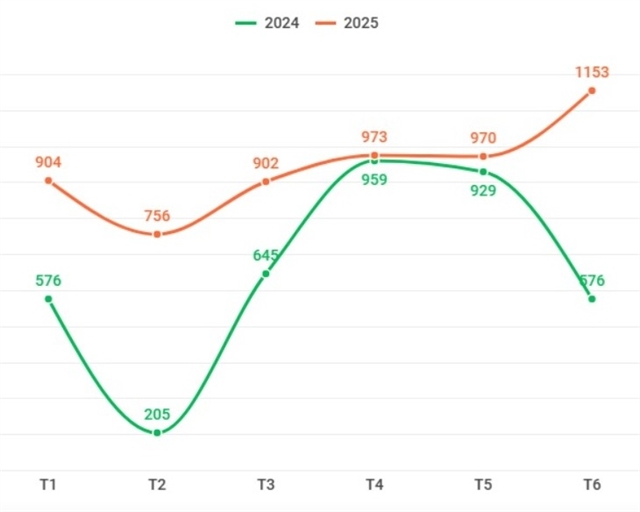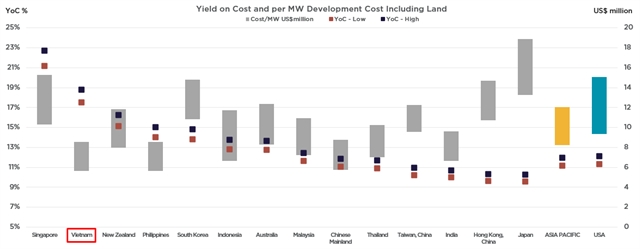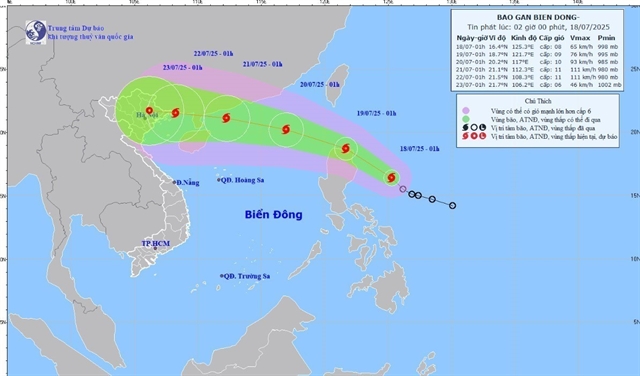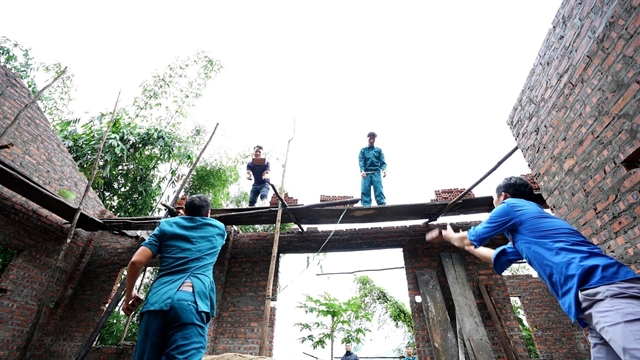 Society
Society
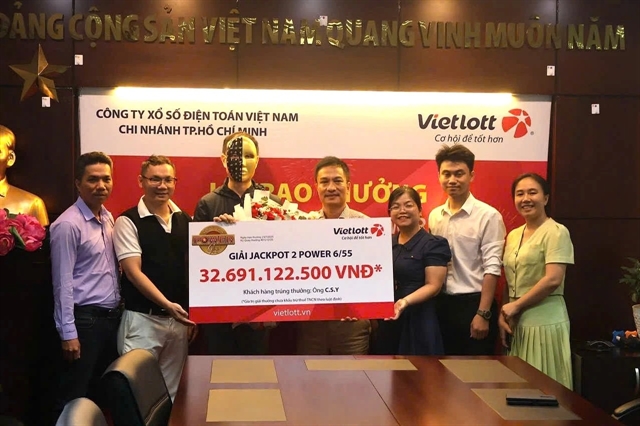
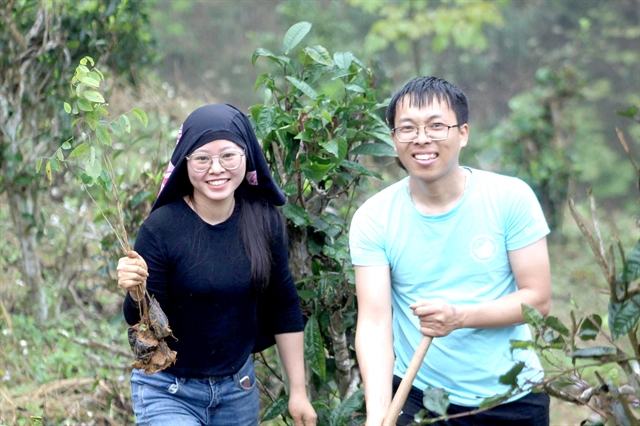 |
| Sùng A Cải (right) and a volunteer planting trees on a hill in Yên Bái Province. — Photo cafef.vn |
YÊN BÁI — A 32-year-old young Hmong man from the mountainous Yên Bái Province is making a significant impact on his community by planting more than one million trees.
Sùng A Cải's mission is deeply rooted in traumatic experiences in his childhood. He vividly recalls the relentless onslaught of flash floods and landslides that ravaged his village and laid his family's crops to waste.
"Flash floods and landslides buried our crops under mud," said Cải. "It took my family an agonising two years to rebuild our lives."
He was admitted to the Hanoi National University of Education, where he studied Geography. The course helped him realise the root causes of the frequent floods and landslides plaguing his village were climate change and deforestation.
After graduation, he initiated the 'Million Trees Dream' project, providing farmers with free seedlings to reforest barren and landslide-prone areas. The goal was to mitigate the impact of climate change and improve people's livelihoods.
"The project's guiding principle is simple yet profound, every little bit counts," said Cải. "A million trees can rise from a million hands."
The project's early days were fraught with challenges, including insufficient funds to purchase seedlings and high mortality rates due to adverse weather conditions. The situation was compounded by his demanding job, which limited his ability to monitor the trees to weekends only.
But he soon bounced back with the help of the community, particularly volunteers and donors. A large part of funding for the project now comes from donations and fundraising activities.
After the seedlings are handed over to farmers, programme volunteers will support them for three years as they nurture their new trees. After this period, they will assume full responsibility for the trees until they reach maturity.
"I make it a point to visit the planted trees and scout for new planting sites every couple of months," said Cải. "As part of our visits, the volunteers and I also check in on the participating farmers, offering support and encouragement."
After seven years, the programme has turned barren hills and desolate land into green forests. In some reclaimed areas, groundwater has reappeared, and bird populations have started to rebound.
"As I hugged the tree I planted with my own hands and listened to the birds singing happily, I felt a renewed sense of hope and belief in a brighter future for my village," Cải shared with joy.
The programme volunteers have planted more than 82,000 trees, while the farmers have contributed an additional 950,000. It has expanded beyond Cải's hometown of Văn Chấn District, Yên Bái Province, reaching neighbouring provinces including Hòa Bình, Sơn La, Lai Châu and Điện Biên.
The programme has also improved the farmers' environmental consciousness. Many have started their own nurseries to cultivate a variety of tree species, others have used their earnings from timber sales to expand their tree planting efforts, becoming more self-sufficient.
"Vàng A Giống, a longtime participant, has seen his family's fortunes improve significantly. They have been able to buy a refrigerator and are now financially secure," said Cải.
Beyond reforestation efforts, Cải and his team have established free libraries and initiated the 'Forest and You' programme to provide career counselling and support to ethnic minority students, helping them achieve academic success and financial independence.
Looking to the future, Cải plans to incorporate high-value medicinal and low-growing plants into the programme to provide additional income opportunities to farmers. He also aims to expand its reach to coastal provinces to see more forests restored across the country.
He hopes to see more people and organisations involved in tree planting and sustainable development projects for underprivileged communities in mountainous regions, creating lasting benefits for future generations. — VNS

